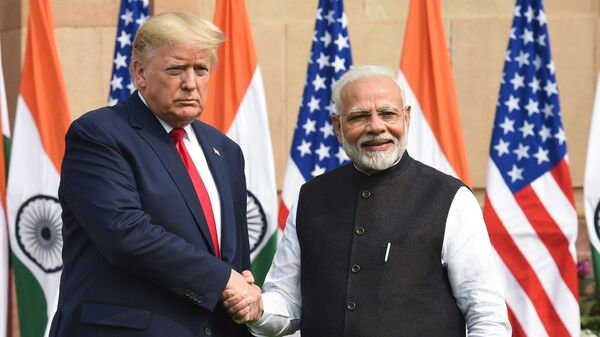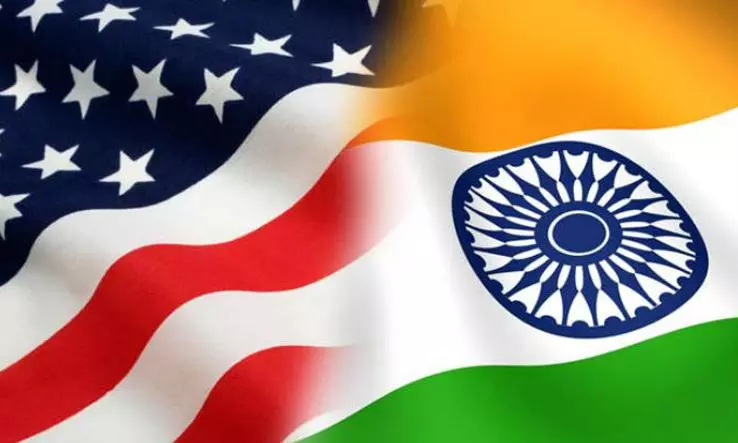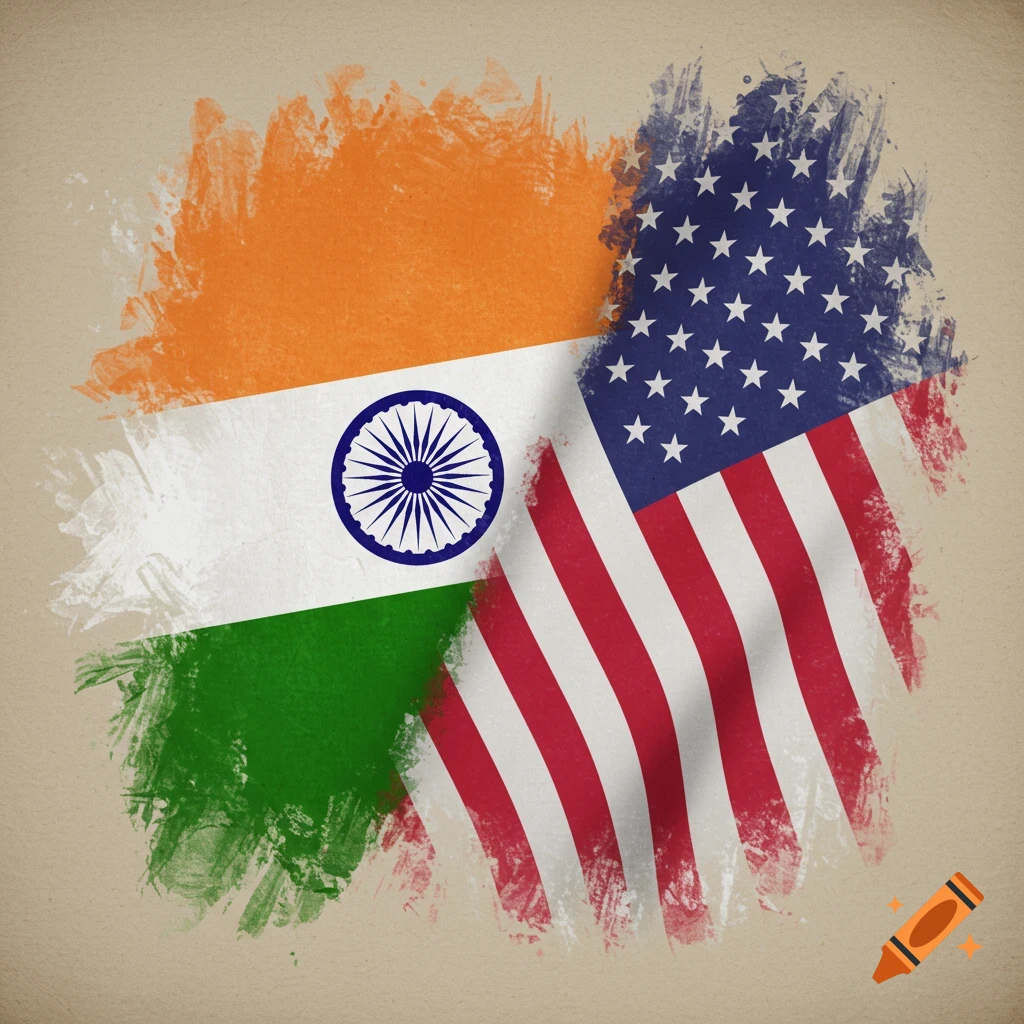
In a development that has captured the attention of global trade watchers, a high-profile delegation from the United States is scheduled to visit India on June 5 and 6 for intensive talks centered on advancing a bilateral trade agreement between the two nations. This visit signifies a renewed commitment on both sides to deepen economic ties, enhance market access, and create a resilient trade framework that addresses the challenges of the 21st-century global economy.
The bilateral trade negotiations hold immense significance in light of evolving geopolitical dynamics, shifting global supply chains, and the desire to strengthen strategic partnerships that go beyond traditional trade volumes. As the world recalibrates its economic alliances, the US-India partnership is positioned to play a pivotal role in shaping regional stability and fostering sustainable growth.
The Context and Background of US-India Trade Relations
Trade between India and the United States has witnessed steady growth over the past decades, making the US one of India’s largest trading partners. The two-way trade volume has crossed the $150 billion mark in recent years, reflecting vibrant exchanges in goods and services. However, the full potential of this partnership has yet to be realized, largely due to outstanding issues related to tariffs, regulatory hurdles, and concerns over intellectual property rights enforcement.
The impetus to negotiate a formal bilateral trade agreement stems from these unresolved issues, as well as from mutual recognition of the strategic benefits that such a deal could unlock. India, with its vast consumer base, expanding middle class, and increasing role as a global manufacturing hub, offers significant opportunities for American businesses. Conversely, the United States provides India with access to advanced technology, investment capital, and a large export market.
Previous attempts to finalize a comprehensive trade agreement have encountered difficulties, with complex challenges delaying progress. However, the current phase of talks, underscored by the planned visit of the US delegation, reflects a pragmatic approach to finding common ground while respecting each country’s priorities and sensitivities.
Trade Talks at a Crossroads: Strategic and Economic Imperatives
The timing of the talks coincides with a critical juncture in global trade. The COVID-19 pandemic revealed vulnerabilities in international supply chains, prompting many nations to diversify their trade partners and enhance domestic production capabilities. The US and India are both key players in this new trade landscape, with ambitions to foster secure, resilient, and sustainable economic ties.
From a geopolitical perspective, the US views India as a vital partner in its Indo-Pacific strategy, aimed at ensuring regional peace, security, and economic stability. Strengthening economic linkages through a trade agreement aligns with this broader vision, enabling both countries to present a united front amid increasing competition from other major powers.
Economically, a bilateral trade agreement promises benefits such as increased export opportunities, better intellectual property protections, streamlined customs procedures, and cooperation on emerging sectors like digital commerce and clean energy. These aspects are critical to modernizing trade relations and fostering innovation-driven growth.
The Core Issues on the Negotiation Table
The upcoming talks will address an array of complex and interrelated issues that have been the subject of intense discussions over recent years. Tariff barriers remain a key focus, with both sides seeking reductions and rationalization to facilitate smoother trade flows. For the US, reducing tariffs on key exports such as agricultural products, medical devices, and industrial goods is a priority. India, meanwhile, is cautious about protecting its domestic industries from sudden exposure to competition.
Intellectual property rights (IPR) protection is another crucial area. American businesses have long advocated for stronger enforcement mechanisms to safeguard innovations, trademarks, and patents. India is expected to engage constructively but will also emphasize the need for balance to support access to affordable medicines and encourage local innovation.
Digital trade and data governance represent newer but increasingly important aspects of the dialogue. The rise of e-commerce, cloud computing, and digital services calls for clear rules on data flows, privacy, and cybersecurity. Both nations aim to foster cooperation in these domains while addressing concerns related to data localization and cross-border data transfer.
Sector-specific issues such as pharmaceuticals, agriculture, information technology, and clean energy technologies will also be prominent on the agenda. Discussions will likely explore ways to remove regulatory barriers, encourage joint ventures, and facilitate technology transfer.
Elevating Bilateral Trade Through Strategic Dialogue
The visit of the US delegation to India signals a mutual willingness to deepen economic engagement and resolve outstanding differences. It is also a reflection of the broader diplomatic warmth that has characterized US-India relations in recent years, marked by high-level visits, defense cooperation, and people-to-people ties.
Both countries recognize that a comprehensive trade agreement can serve as a foundation for more robust economic collaboration, catalyzing investment flows and supporting job creation. It would send a strong message to global markets about the reliability and strength of the US-India partnership.
India’s growing emphasis on Atmanirbhar Bharat (self-reliant India) aims to encourage domestic manufacturing and reduce dependency on imports. The trade talks will need to harmonize this vision with the goal of maintaining an open and competitive trading environment. This balance will be crucial in securing a deal that benefits all stakeholders.
The dialogue also provides a platform to discuss cooperation in emerging fields such as artificial intelligence, biotechnology, and clean energy. Aligning policies and standards in these sectors could spur innovation and create new growth opportunities for businesses and consumers alike.
The Role of Innovation and Technology in Trade Talks

Innovation is increasingly becoming a cornerstone of international trade agreements. Both the US and India boast vibrant technology ecosystems, and the upcoming trade discussions aim to leverage this strength. Digital trade rules, intellectual property frameworks, and data governance protocols will be critical components.
The IT services sector, a major contributor to India’s exports, stands to gain from clearer regulations and smoother data flow arrangements. Meanwhile, US technology firms seek enhanced market access and protections for their innovations.
Cooperation on cybersecurity and digital infrastructure can strengthen trust and enable secure cross-border commerce. The trade talks could lay the groundwork for joint initiatives and standards that promote a safe digital economy.
Furthermore, as climate change concerns grow, the trade dialogue offers opportunities to promote clean technologies, renewable energy, and sustainable practices. Collaborative efforts in these areas align with global commitments and support economic resilience.
Overcoming Challenges for a Win-Win Agreement
Negotiating a bilateral trade agreement is rarely straightforward, especially when it involves two large and diverse economies like India and the United States. There are inherent challenges, including divergent policy priorities, domestic political considerations, and sector-specific sensitivities.
The US is focused on protecting its technological edge and ensuring fair treatment for American businesses, while India is cautious about preserving its policy space to support local industries and innovation. Finding common ground requires diplomacy, creativity, and compromise.
Key sticking points could include tariffs on agricultural products, standards for data localization, intellectual property protections, and regulatory approvals. Both sides will need to address these issues pragmatically to reach a balanced and durable agreement.
Transparency, stakeholder engagement, and clear communication will be essential throughout the negotiation process to build trust and manage expectations.
Looking at the Broader Economic Implications
A successful bilateral trade agreement could have far-reaching implications for both countries and the wider region. For India, it would signal greater integration into the global economy, attract foreign investment, and boost exports, particularly in high-value sectors. It would also enhance the country’s reputation as a reliable trade partner committed to international standards.
For the United States, the deal would open up one of the fastest-growing markets in the world, providing American companies with new opportunities and reinforcing the country’s economic leadership. The agreement would also strengthen economic ties with a strategic partner in Asia, supporting broader foreign policy objectives.
The pact could serve as a template for future trade agreements involving emerging markets, reflecting the complexities and opportunities of modern trade relations.
Impact on Key Industries and Stakeholders
Industries across both countries are watching the negotiations closely, anticipating opportunities and challenges. The pharmaceutical sector, for example, hopes for smoother regulatory approvals and better intellectual property protections that balance innovation with affordability.
Agriculture stands to benefit from reduced tariffs and improved market access, supporting farmers and exporters. The technology sector seeks clarity on digital trade rules and protections for software services and cloud computing.
Clean energy and environmental technology sectors could see increased collaboration and investment, aligning with global efforts to combat climate change.
Consumers in both countries may benefit from a wider range of products, competitive pricing, and innovation-driven services as trade barriers fall.
The Human and Social Dimension of Trade
Trade agreements often focus on economic metrics, but their impact on people’s lives is equally important. Jobs, livelihoods, consumer choices, and community well-being are directly influenced by the outcomes of such pacts.
In India, the potential for job creation in manufacturing, technology, and services aligns with government priorities to improve living standards and reduce poverty. In the US, access to affordable goods and new markets supports business growth and employment.
Social dialogue, including with labor groups, environmental advocates, and civil society, is crucial to ensuring that trade agreements are inclusive and sustainable. Both governments have expressed commitments to uphold labor rights and environmental standards, which will be integral to the final deal.
Conclusion: Charting the Future of US-India Economic Partnership
As the US delegation prepares to visit India in early June, expectations are mounting for progress in the bilateral trade agreement talks. This visit is not just a diplomatic formality; it represents a critical opportunity to forge a partnership that is economically beneficial, strategically significant, and forward-looking.
The road to agreement will undoubtedly involve tough negotiations, but the potential rewards are substantial. A well-crafted trade deal could enhance competitiveness, spur innovation, and deepen ties between two of the world’s largest democracies.
In an era marked by uncertainty and transformation, the US-India trade agreement could stand as a beacon of cooperation and mutual respect, setting a new standard for international economic relations.
Both countries have much to gain—and the world will be watching as this important dialogue unfolds in the days ahead.

